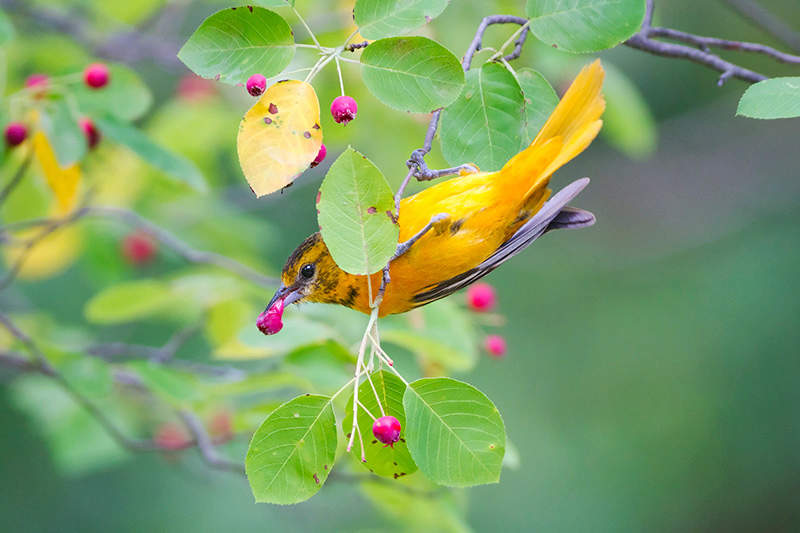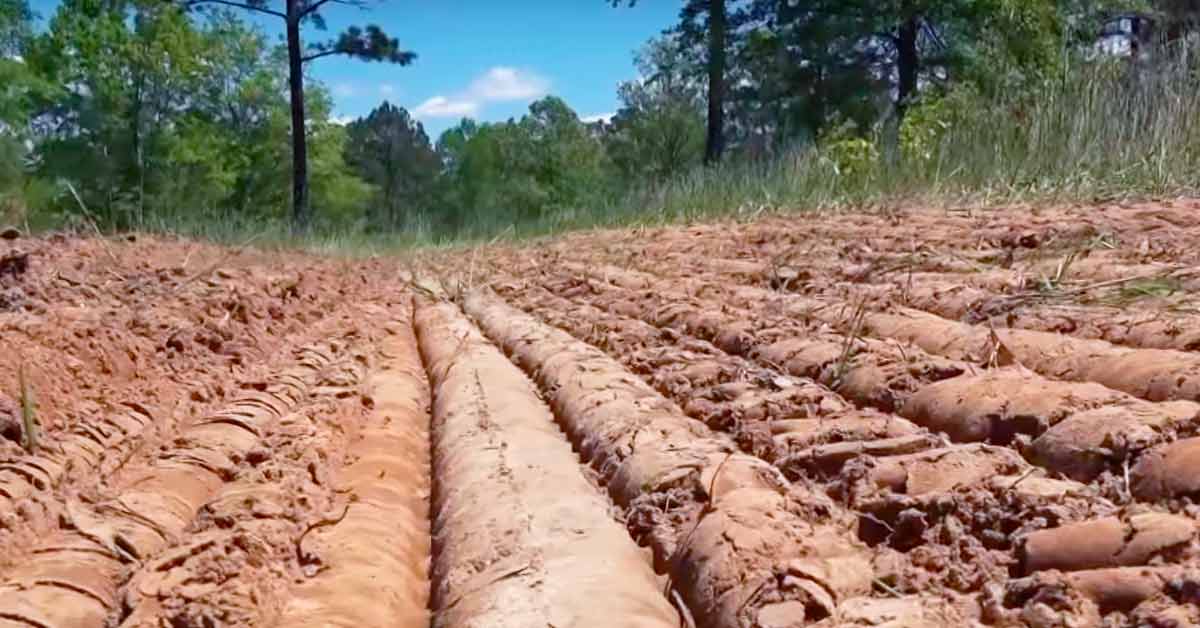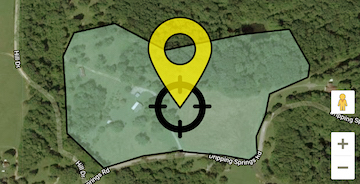Oats (Avena Sativa)

By Kent Kammermeyer, Senior Wildlife Biologist
Description/Establishment
Oats may be the best deer plant of five annual small grains grown in the U.S. It is the "ice cream" of the small grains! Oats average about 3 ft. tall and have mainly been grown for grain, pasture, hay, or silage. Oats can produce 1-4 tons per acre of high quality (10-20% protein), cool season forage that is highly digestible (60%). In palatability tests using horses, oats were consistently selected above ryegrass, rye, wheat or triticale. Similar tests with deer have so far been inconclusive.
Oats are sensitive to cold and subject to freeze out at temperatures below about 10 degrees Fahrenheit, so the Southeast and Pacific Coast are the only areas where oats should be planted in the fall. Early spring plantings can be successful over the entire U.S. where moisture conditions are favorable. They can be frost-seeded into tilled soil or no till drilled as long as there is adequate soil moisture and good seed to soil contact. Drill at 1" to 1½" depths. Oats tolerate heavy grazing but are not tolerant of poor drainage or drought. Oats have excellent seedling vigor but are sensitive to pH and fertility. Your pH needs to be corrected to above 6.0 or better yet 6.5. Fertilize at planting according to soil test with a complete fertilizer.
Despite their high quality and production, I recommend mixing oats with another grain or preferably legumes. This guards against possible freeze-outs, saves on nitrogen (N) bills, serves as a nurse crop for small seedling legumes and adds to the quality and longevity of the planting. My favorite oat mixes (drilled) are oats (30 lbs/acre), red clover (5 lbs/acre) and arrowleaf clover (5 lbs/acre) in the South and oats (30 lbs/acre), red clover (5 lbs/acre) and white clover (3 lbs/acre) in the North or South. Drill rates are roughly doubled when seed is broadcast. Best time to plant is either September or late February-early March in the South and April in the North.
Varieties/Management
Oat mixes will be heavily used by deer as soon as they germinate until well into mid-spring. By mid to late summer, oat seeds mature and are eaten by deer and turkey along with the clover. However, oats have a tough husk, which protects the seed, and many of them should remain uneaten by late summer. In late August, mow the oat/clover mixes close to the ground. Depending on rainfall and the vigor and percent cover of the clovers, oats will usually reseed after late summer rains and produce a second or even third year mixed stand of oats and clover. Even if the oats winter kill, they will have provided high quality fall grazing and you will be left with a pure clover stand … not a bad deal at all!
Unless you live in the Deep South or coastal areas, the main thing to look for in selecting oats for deer is cold tolerance. Ask your county extension agent, wildlife biologist, or Pennington seed dealer for suggestions on cold tolerant oat varieties suited to your area. Oats are an important component of several premium Pennington deer seed blends including the new Rackmaster Elite.




